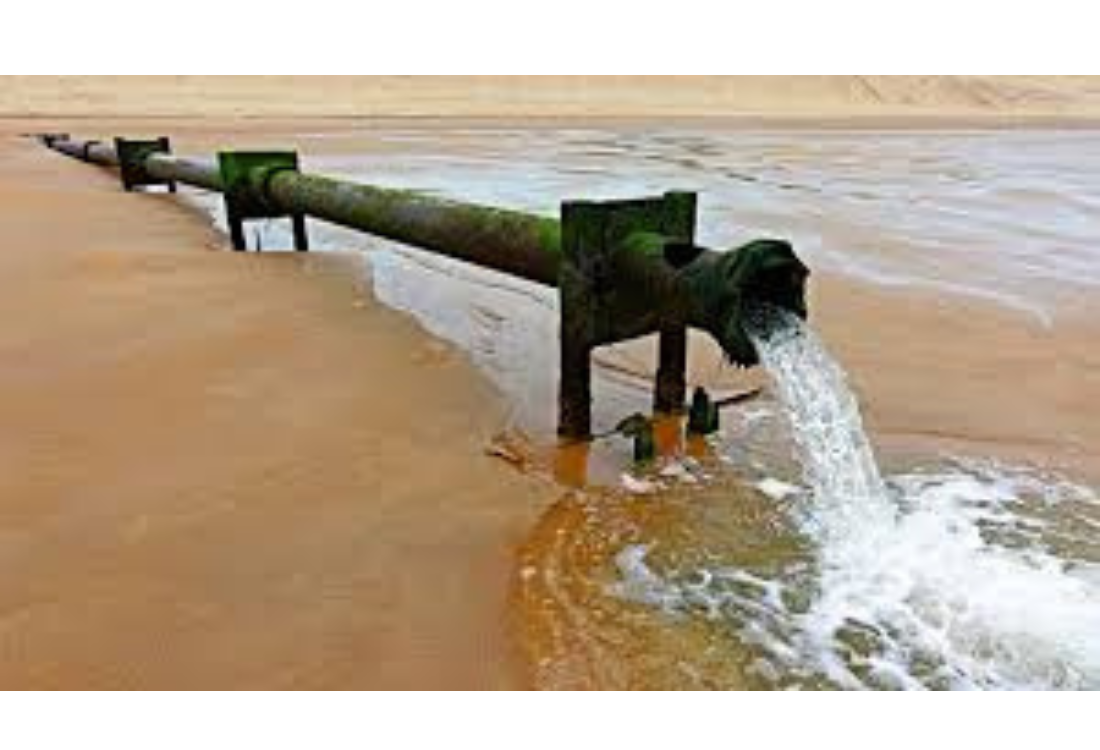6 Essential Solutions to Combat Combined Sewer Overflow Problems
Combined sewer overflow problems are one of the leading causes of sewage pollution in British waterways and coastal areas, putting local ecosystems, farms, and human health at risk.
In this article, we look at six essential sewage problems and solutions to address the issue – which is progressively being viewed as a wastewater management crisis in many parts of the country.
But Firstly, What Is a CSO - Combined Sewer Overflow?
The UK wastewater network uses a ‘combined sewer system’, meaning that all waste products go into the same sewer network. This is different from a ‘separated sewer system’, which uses different pipes for different categories of waste, such as greywater, blackwater from toilets, and clean rainwater. The distinction is important because in a combined system, it means that any overflow risks sending contaminated water into wherever the overflowing water goes. In the case of the UK, combined sewer overflow outlets discharge water into public waterways.
In theory, any water discharge through the CSO should be significantly diluted so as not to cause environmental harm. But in practice, this effluent frequently includes harmful levels of nutrients, untreated sewage, micro-plastics, pharmaceutical residues and other problematic pollutants. The risk is compounded by the way that CSOs are increasingly used, due to the impact of extreme weather events and heavy rainfall, placing stress on the ageing wastewater infrastructure.
So, what are the potential solutions to the problem of sewage pollution from CSOs?
Green/Ecological Solutions:
One of the most promising solutions involves finding more natural and sustainable drainage systems for reducing run-off to the sewers during peak flow events. These include increased adoption of green roofs by homes and businesses, rain gardens, managed wetlands in public parks, and better irrigation systems in farmland. These solutions can reduce the amount of stormwater that enters sewer systems, reducing the overflow risk while also benefiting local biodiversity.
Infrastructure Improvements:
Much of the UK sewer network is long overdue for an upgrade, so the wide scale replacement or rehabilitation of urban sewerage systems, and expanding storm water storage capacity to meet current population levels, is a critical near-term need. Long term, investments in a more robust water treatment infrastructure will help manage increased flow in the winter and during heavy rainfall, helping reduce and prevent overflows.
Monitoring And Prediction:
Advanced sensors have a strong role to play in predicting and forecasting overflow events. Legally, all CSOs should now include monitoring sensors, as stipulated by the 2021 Environment Act. These can give wastewater management companies and local authorities early warning of potential overflows and, by analysing trends over time, can help providers optimise capacity and responsiveness to potential issues.
Implementing A Separated Sewer System:
In some areas, it may be feasible to transition from a combined sewer system to a separated system for wastewater and stormwater. This could significantly reduce the frequency of overflow events and minimise the use of combined sewer overflow outlets, although most stakeholders recognise the long term and resource intensive implications of this approach.
Public Engagement and Education:
Educating the public about the risk of overflows and the steps they can take to reduce the burden on the public sewer should go hand in hand with any infrastructure investments. Many people are still unaware of the problems that arise from disposing of items such as nappies, wet wipes, candle wax, cooking oils, and kitchen towels down the drain, for instance, and the way that these items can block pipes and exacerbate the problems the CSO has to deal with.
Improvements to CSO’s:
Screen (to filter the litter)blockages result in unscreened litter discharging to the environment. Keeping the screen clear for extended periods is absolutely essential for good operation. Norag TM is a recent innovation that reduces potential blockages of the CSO screen by using a 300-year-old scientific principle, the Venturi effect. Norag TM is a device which utilises Venturi’s principle and pulls the litter off the screen keeping it clearer for longer. This incredible invention has already been tested and proved extremely effective at a number of Water Companies CSO sites.
Find Out More
If you would like to find out more about common combined sewer overflow problems and how our solutions can help you resolve these issues within your network, please contact one of the specialists at Samatrix today by calling 01792 949586 or by emailing us at sales@samatrix.co.uk.
To learn more about Norag and get a better understanding of how it works, visit www.norag.co.uk



